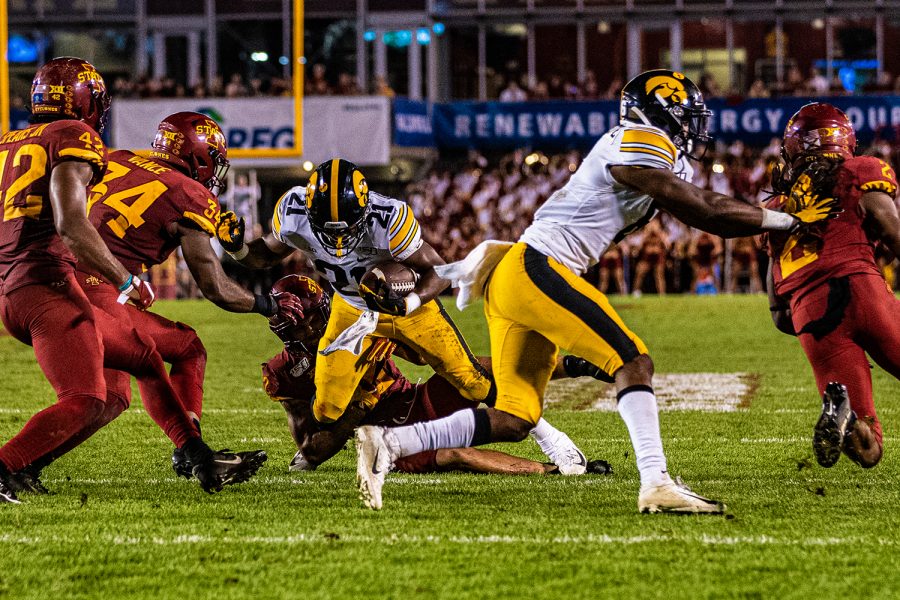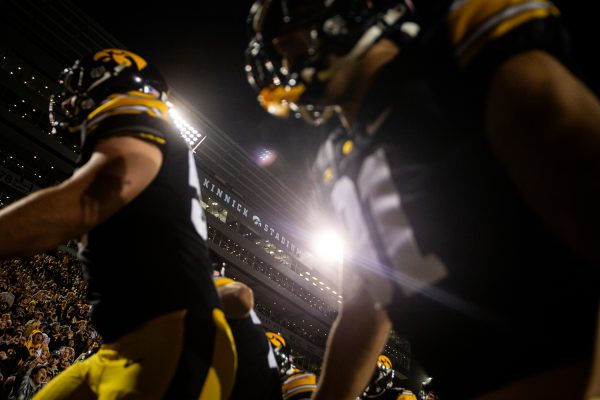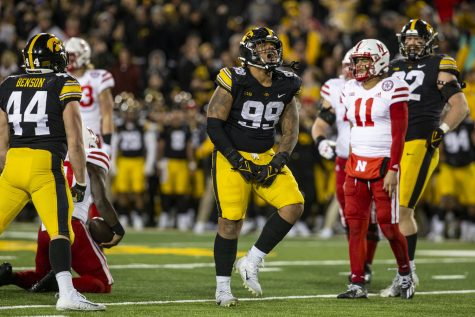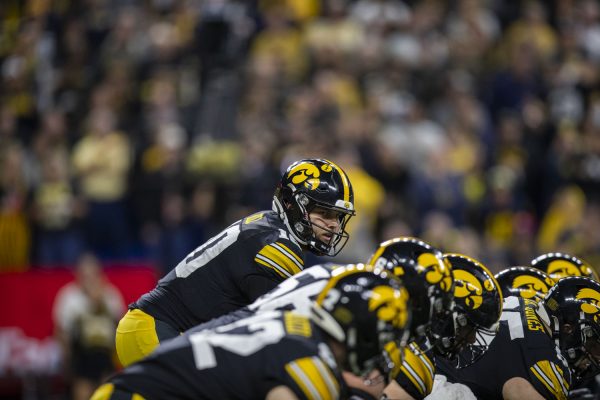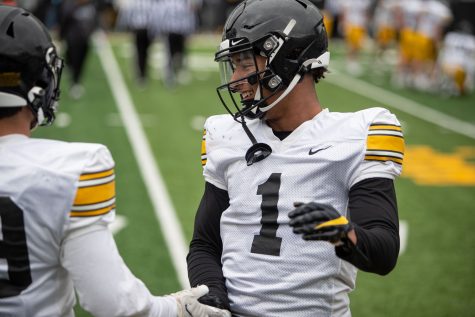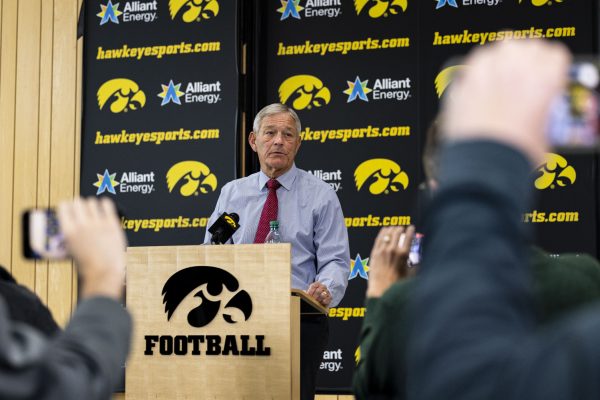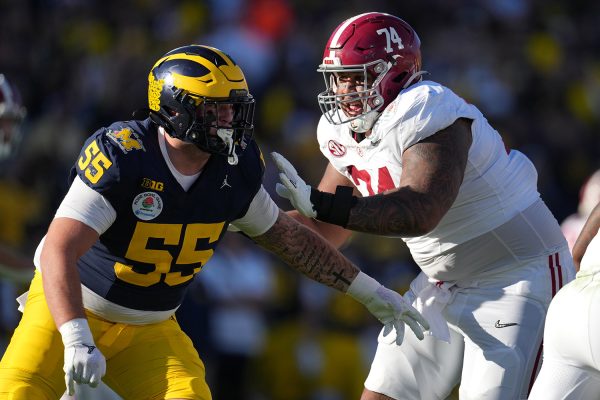Iowa’s four running backs have both rushing and receiving capabilities
The Hawkeye offense has had success with its running backs being able to do whatever is needed.
Iowa running back Ivory Kelly-Martin carries the ball during a football game between Iowa and Iowa State at Jack Trice Stadium in Ames on Saturday, September 14, 2019. The Hawkeyes retained the Cy-Hawk Trophy for the fifth consecutive year, downing the Cyclones, 18-17.
September 25, 2019
Iowa’s running backs’ room could be the most versatile of them all. It can run the ball, catch the ball, and rotate four athletes seamlessly to give the offense the greatest possible advantage.
Last season’s group of Mekhi Sargent, Toren Young, and Ivory Kelly-Martin was joined this year by freshman Tyler Goodson. Three of those four backs already have more than 100 yards through three games.
Sargent stands alone at the top of the leaderboard with 208 yards over 40 carries.
Kelly-Martin didn’t see his first carry until the Iowa State game on Sept. 14 when he racked up 20 yards on five attempts.
“I’ve been just trying to implement my athletic ability in any way I can,” Kelly-Martin said. “Tyler’s a younger guy, [so I’m] helping out with him as much as I can so he can understand the offense and also just helping out with the other backs and continue to compete against each other, so we can all continue to improve.”
With all four running backs getting carries on the field against the Cyclones — plus seven attempts by Nate Stanley and one by Brady Ross — Iowa had a net total of 112 rushing yards.
The Iowa State defense was a force to be reckoned with, but the Hawkeye backs did what they had to do to succeed like they’ve done all season.
“A lot of our running backs just made guys miss,” Stanley said. “That just shows the talent of a lot of our guys. They run extremely hard, and they have extreme ability to make people miss and get extra yards.”
Iowa never turned the ball over against Iowa State, another important point of emphasis for the running backs. Securing the football is part of the position, something they don’t take lightly.
“[Iowa State] plays extremely aggressive, and I think what we did in that ballgame was effective, run and pass, and as good as anything, we didn’t turn the ball over, which really, really helped us win the football game,” Iowa head coach Kirk Ferentz said.
The Iowa coaching staff has recognized that all three of the returning running backs have improved greatly from last year, and that has manifested itself in new offensive plays.
This season, Brian Ferentz’s offense features a dual-threat component with the running backs — they can catch the ball, too.
Sargent has recorded 102 yards on 9 catches, his long coming in at 41 yards. Kelly-Martin follows with 25 yards on 2 receptions, Goodson has 14 yards on 6 catches, and Young’s lone reception was for seven yards.
The running backs combined average almost 50 receiving yards per game. Last season, they averaged 20.
Whether it’s running the ball or racking up those receiving yards, all four of the running backs will get playing time. This means when they’re not on the field, they have to stand on the sidelines and watch the other backs make plays.
“The trick is to figure out how to get them in and out of the game,” Kirk Ferentz said. “Right now offensively, and I think it’s true defensively, too, I think everybody — nobody is counting plays. They are just playing. That’s all we are asking them to do, is go in there and do what they can do, and I think we’re pleased with what we’re seeing so far.”



